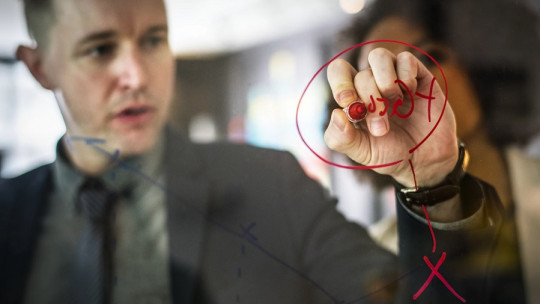
Performing truly active listening, knowing how to ask the right questions or giving good feedback are three skills that a coach must master in order to carry out their accompaniment process effectively. But there are many other skills and tools that the coach can learn and develop to do her job even better.
In this way, there are more and more coaches who are opting to train in NLP (Neurolinguistic Programming), a system that allows us to understand how we configure our thoughts, emotions and ways of communicating, which is, without a doubt, a plus to increase understanding of the mental and behavioral map of the coachee.
Among the different tools or knowledge that NLP provides and that substantially multiplies the success of the coach’s work, are the so-called representational systems which help to understand how the coachee perceives reality and, therefore, will facilitate the coach to provide better support.
What are NLP representational systems?
We perceive the world around us through our senses. These They are responsible for capturing information and transmitting it through nervous impulses to our brain which analyzes it and generates a response.
Therefore, the senses are what provide us with the information to relate to the environment: reality is an interpretation of the information we experience with our senses.
The important thing here is that everyone has their own specific way of capturing that information Although we use the 5 senses continuously, in each person one of them unconsciously dominates in this data collection. That is, each person, faced with the same reality, depending on the meaning they use prominently over others, will make a different representation of it. This is what NLP calls representational systems, which it classifies as visual, kinesthetic, auditory and digital.
Characteristics of the different representational systems
Some of the general characteristics of the pure forms of each representational system (remember that we do not present just one, but rather one stands out from the others), they would be the following.
1.Visual
A visual person:
2. Kinesthetic
A kinesthetic person:
3. Digital
A digital person:

4. Auditory
A hearing person:
- The most important thing for her is the sound: you use it to create the experiences.
- They pay attention to what they hear others say and remember it that way. That is why he uses expressions such as: “this is unheard of”, “let’s turn a deaf ear”, etc.
- She is calm, has a very pretty voice, she doesn’t like loud noises and her appearance is informal.
- Its posture is similar to that of the digital and it does not look to listen: it listens to you.
The implications of this in coaching
If a coach knows these characteristics and other details of the representational systems in depth, detecting the system that predominates in his coachee, can better understand how that person perceives reality and, therefore, you will be able to establish better harmony with your coachee, which paves the way for the coaching process to be a success.
- Related article: “What attitudes and skills are desirable in a coach?”
Do you want to be a coach with training in NLP?
At D’Arte Human & Business School we ensure that the coaches who train with us leave our school with the NLP skills that will give them added quality in their professional work.
For this reason, in our Master in Professional Coaching, students not only study the theoretical bases of coaching and its methodology, but are trained as NLP Practitioners, which allows them to approach and delve into the fundamentals of Linguistic Programming, among which that representational systems are included.








